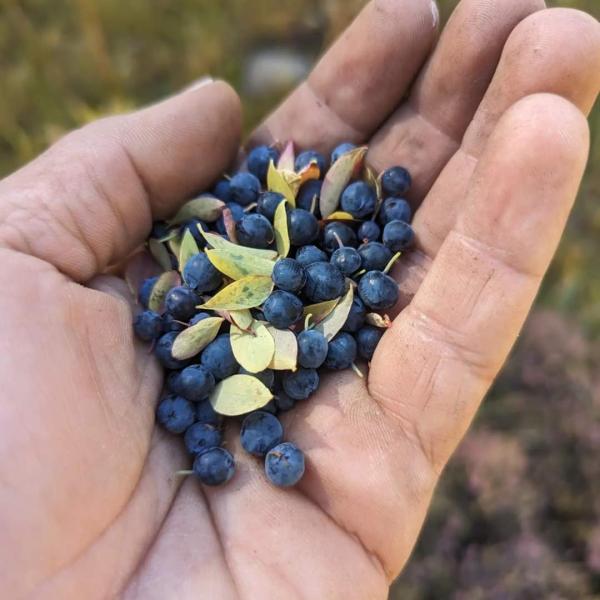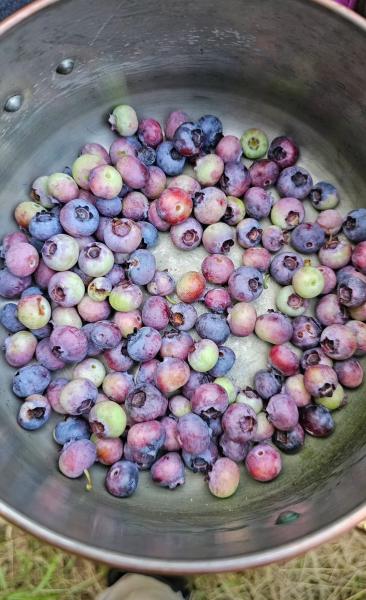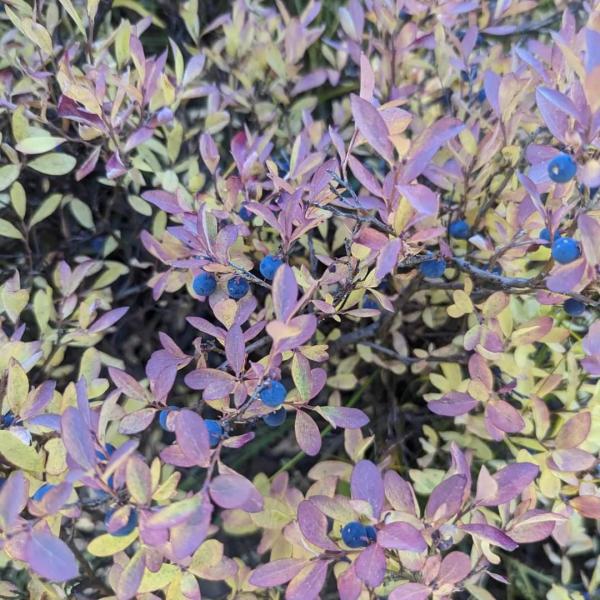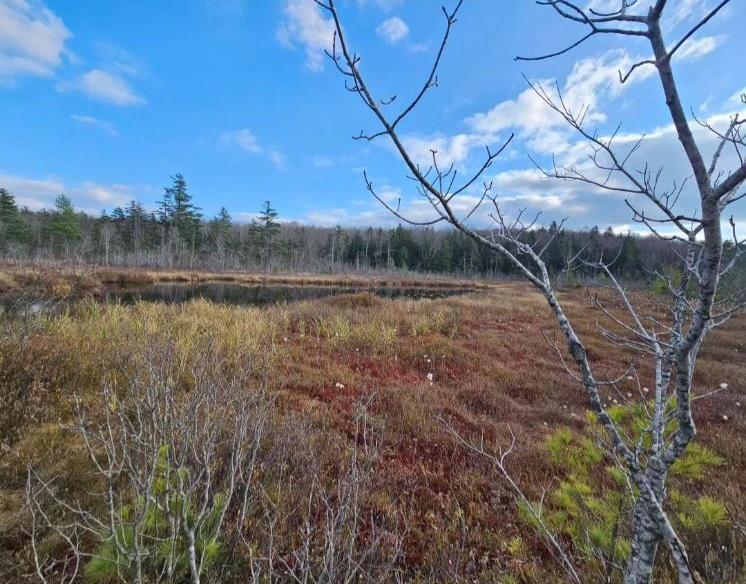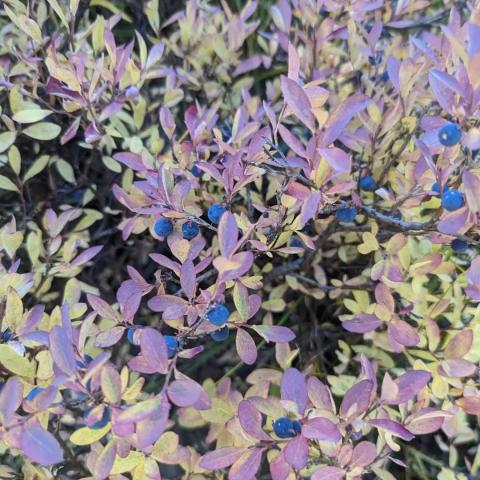
Names and Their Meanings
Cranberries - Vaccinium oxycoccos L., Vaccinium macrocarpon Ait.
Oval-leaved Blueberry - Vaccinium ovalifolium Sm.
Cranberries
Description
Frederick Wilkerson Waugh recorded many uses for cranberries and blueberries from Haudenosaunee and Anishinaabe peoples between the years 1912 - 1916. He was informed that they grew plentifully along the Grand River and in neighborhoods; they were used for all kinds of foods, deserts, and ceremony. A Century ago, there were two kinds of blueberries growing at Six Nations of the Grand River, described as “early,” and “late.” Mrs. Katie Dybeau from Kahnawa:ke described cranberries as an important medicine to F. W. Waugh in 1912. Alyssa General notes that they do grow prolifically up by Wahta, and the nation used to have a commercial marsh there, that is not used for community only. Alyssa General agrees that cranberries are great medicinal foods for kidneys, due to their Vitamin C content and diuretic properties. She also noted that birds and animals do not eat cranberries as much as other berries, so it persists (except for if they are really hungry and can’t eat other things); spiders will live in them and jump on people when marsh is flooded. She also noted that cranberries are ripe when they bounce.
Conservation Status
V. oxycoccos: Ontario, New York, and Québec S5 (Secure)
V. macrocarpon: Ontario and Québec S4 (Apparently Secure), New York S5 (Secure)
Oval-leaved Blueberry
Conservation Status
S3 (Vulnerable) in Ontario, S4 (Apparently Secure) in Québec
